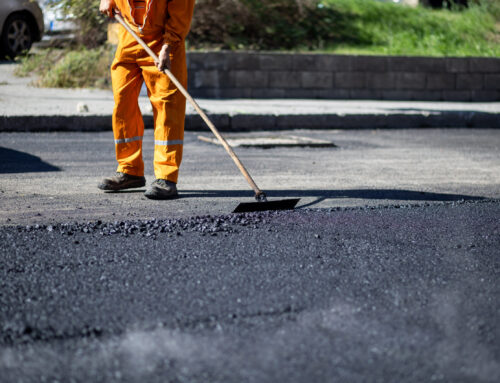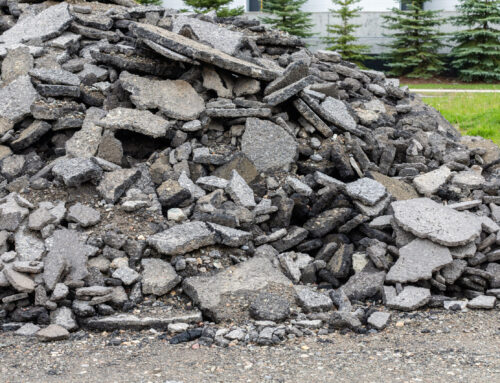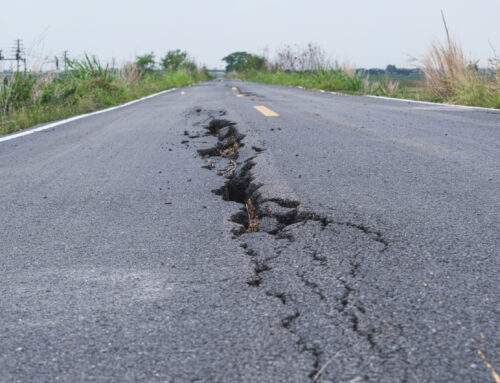Welcome back to another information filled blog here at Sunrise Asphalt! We hope you are enjoying the coming spring weather, maybe visiting those local events we laid out last time! For the moment we are going to get back on the pavement train, answering frequently asked questions, giving tips on keeping and maintaining your own asphalt and more. If it paves, we’re posting about it. Today we are talking about some hiccups DIY asphalt repair folks may run into. Honestly, and we don’t say this because we are the professionals, jobs like paving, electrical, or plumbing are best left up to professionals. Any mistakes can end up being much more costly repairs than a simple door knob.
But hey. Maybe after all of that, you still think, ‘Well I get the idea, rent some equipment and I can pave my driveway lickity split.’ Here are the mistakes that are most common in asphalt paving.
Controlling the head of the material.
Almost 100% of mistakes in paving are caused by the lack of control of the head of material. This lack of control leads to fluctuations and chances for waves and bumps in the final products.
Mishandling the depth cranks, not utilizing slope control and auto grade systems.
Adjusting the depth cranks while paving is another issue of bumps and waves in the product. Not using the full range of systems available will cause a substandard final product that is not tailor-made.
Paving 2 Fast 2 Furious
Paving needs a consistent, managed speed throughout. If the speed changes or goes too fast then the products the product will be disastrous. The asphalt won’t have uniform and correct density.
Stopping the compactor straight.
When the paving is done, at least for this strip, stopping the compactor straight will cause an indentation that will be much more difficult to level out in future passes.
How to Solve These Problems – Hands on Experience & Training
The new tech out there to help control the head on the material is staggering. New sensors tell you exactly what is happening and where. Of course, hands-on training with the equipment and sensors are a must if you are to use them efficiently.
The same applies to depth cranks, slope controls, and auto grade systems. The equipment and tech are out there. But to properly be utilized training and practice is needed.
To fix the fluctuating speeds or prevent paving from being done too fast… that’s right regular training. Most pavers are equipped with speed limiters as well to prevent the paving work from being completed too quickly. With speed under control, you then should make sure to stop the compactor at an angle, 20 or 30 degrees being best. As we hinted, having the stopping indentation not straight on will make for an easier time to level it out over further passes.
Did half of that not make any sense? Too much jargon? What’s the head of the material, you may be wondering. Like we said, asphalt paving is one of those jobs that’s best not to DIY. These mistakes and tips to avoid them are common in the paving industry (at least in less skilled, experience outfits). Their only solution is experience and training. If you are looking to try and pave your own surface it can be a bit of a tall order.
If you’re in the industry, we hope these tips have helped you learn something new or refocused your understanding, so you can do the best job and take pride in your craft.
Here at Sunrise, we guarantee the job will get done right because we’re different. Every job is supervised by the owner – start to finish. Those sensors and equipment we talked about? We have ‘em. If you have a surface that needs paving, give us a call and you can join all the other satisfied customers we have in Tucson, and rest easy knowing the job will both get done, and get done right.





